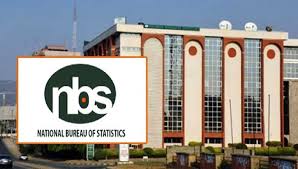By Atoyebi Nike
New data from the National Bureau of Statistics and the World Bank show that rising food prices, inflation and weak social protection systems are pushing millions of Nigerians further into poverty.
Ekiti recorded the highest food inflation at 28.6 percent, followed by Rivers at 24.18 percent and Nasarawa at 22.74 percent. Bauchi had the lowest rate at 2.81 percent, with Niger at 8.38 percent and Anambra at 8.41 percent.
The World Bank said 27 percent of Nigerians can no longer afford healthy meals even if they spend all their income on food. Average consumption levels fell by 6.7 percent between 2019 and 2023, with urban areas hit hardest.
The Nigeria Development Update showed that 56 percent of Nigerians were living in poverty by 2023, up from 40 percent in 2019. Poverty remains highest in the north, where more than six in ten people are poor, compared to about three in ten in the south. The northeast has the highest incidence at more than 80 percent.
The share of ultra-poor Nigerians rose from 14 percent to 27 percent between 2019 and 2023, equivalent to 139 million people. Inflation, although easing in 2025, remains high and uneven, slowing recovery and deepening inequality.
The World Bank’s Africa’s Pulse Report ranked Nigeria as having the highest number of people facing job challenges in Sub-Saharan Africa, with 98 million unemployed or underemployed. Congo, Ethiopia, Tanzania and Uganda followed.
The reports highlight the impact of inflation, weak policies and rising food costs on households as living conditions continue to deteriorate.


